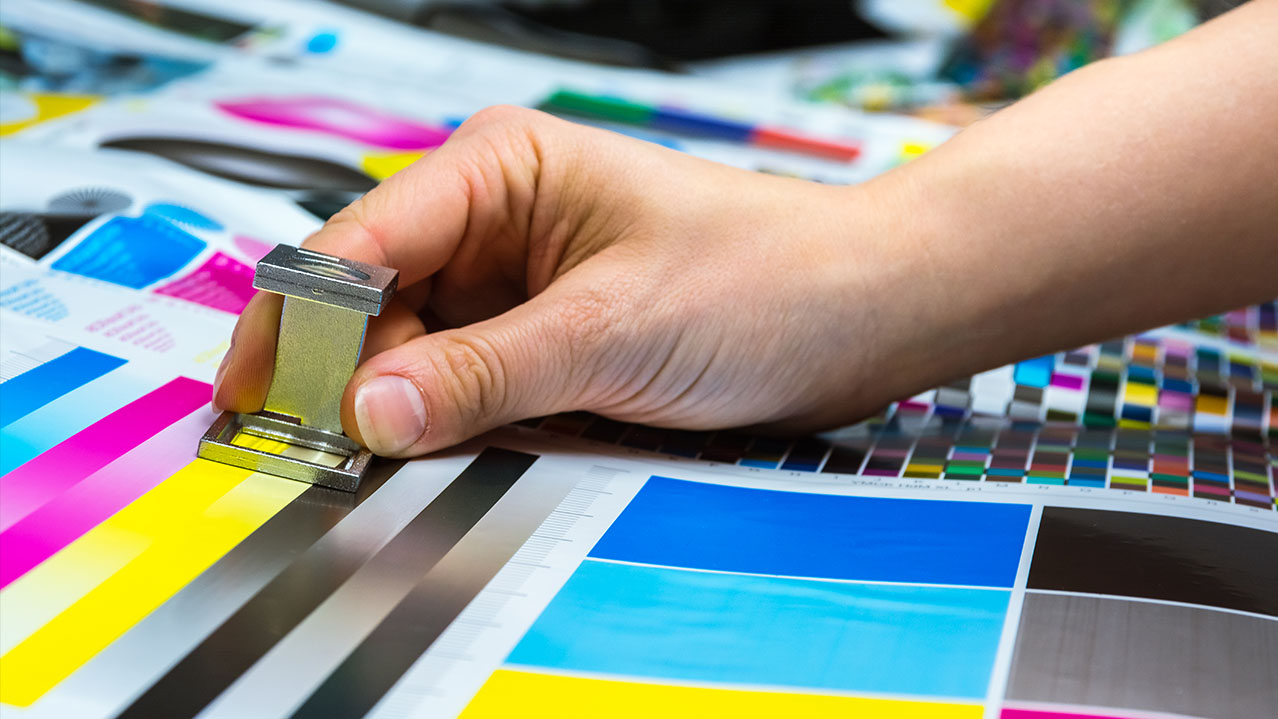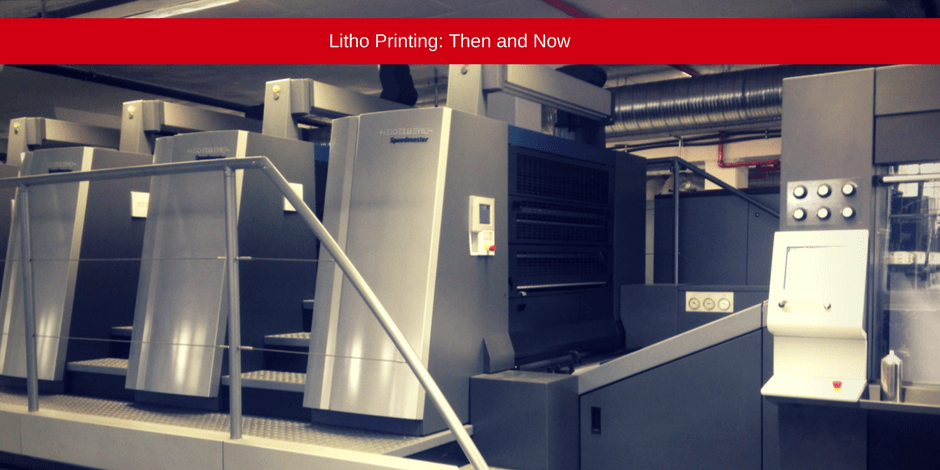Personalized Designs Enhanced Through litho printing
Personalized Designs Enhanced Through litho printing
Blog Article
A Comprehensive Guide to Understanding Litho Printing Methods
The globe of litho printing, a strategy stemming from the late 18th century, is an interesting mix of background, technology, science and art. Stay with us as we trip into the captivating realm of litho printing.
The Historic Advancement of Litho Printing
The historic trajectory of litho printing, a critical development in the world of interaction, is a fascinating tale of human ingenuity. Birthed in the late 18th century by Alois Senefelder, this technique was at first an affordable approach of publishing theatrical works. Lithography, originated from the Greek words for 'rock' and 'to write', used a smooth stone surface to move images onto paper. The procedure advanced with the advent of the rotary press, which significantly increased productivity (litho printing). In the 20th century, the technology of offset lithography revolutionized the sector, enabling mass manufacturing of top quality prints. Each stage of litho printing's development showcases humanity's ruthless quest of performance and high quality in visual communication.
Deciphering the Scientific Research Behind Litho Printing Inks
Moving on in the expedition of litho printing techniques, the emphasis now moves to the scientific research behind litho printing inks. The composition of these inks, their drying out procedure, and color mixing techniques develop the backbone of this complex art kind. Comprehending these aspects is essential to mastering the craft and achieving the preferred print outcomes.
Make-up of Litho Inks
In lithographic printing, the fundamental function of litho inks can not be overstated. The structure of litho inks varies depending upon its function, but usually, they consist of 2 main components - automobiles and pigments. Pigments, the color-providing components, are carefully ground bits suspended in the vehicle, a fluid that carries the pigment onto the printing surface. The lorry is an intricate blend of solvents, resins, and oils, which influence the ink's drying out time, adhesion, and gloss. Furthermore, different additives are present to enhance particular residential properties like circulation, drying, and resistance to environmental impacts. Each element plays a vital part in the final print's top quality, making the accurate solution of litho inks an intricate science.
Ink Drying Process
From the composition of litho inks, focus transforms to the remarkable process of ink drying. 2 key techniques are made use of in litho printing: oxidative drying and absorption. Absorption, on the various other hand, involves the ink leaking right into the paper fibers, which is a quicker process yet can lead to much less dynamic colors.
Shade Mixing Strategies
While the drying out process plays a crucial function in litho printing, the scientific research of color mixing strategies holds equivalent relevance. This is an intricate process that includes the mindful blending of main colors: cyan, magenta, and yellow, in differing proportions to attain a wide variety of shades. The enhancement of black ink, known as 'vital', aids in regulating the intensity and depth of the shades. The scientific research behind litho printing inks additionally thinks about the transparency of the ink, which influences exactly how shades overlay and mix. To attain an effective shade mix, print specialists have to also comprehend the details of ink habits, color theory, and the physical homes of the substratum on which the ink is used.
The Art and Design Components in Litho Printing
Litho printing breathes life into art and layout through its special aspects. The process involves developing a picture on a lithographic sedimentary rock plate or metal plate with a smooth surface. The photo is then printed onto a medium, usually paper, by transferring the ink from the plate. What sets litho printing apart is its ability to replicate detailed styles with high integrity, making the output almost the same to the original artwork. This is accomplished through using different line strategies such as stippling, hatching, and cross-hatching, which permit a variety of tonal results. Furthermore, litho printing fits a range of colors, enabling musicians to create dynamic and vivid prints. This mix of accuracy and flexibility makes litho printing a preferred option for numerous musicians and designers.
Modern Applications of Litho Printing Techniques
Litho printing strategies have actually discovered extensive use in the modern-day commercial field. Its impact and significance proceed to grow with the advent of brand-new advancements and modern technologies in the field. This section will certainly check out these contemporary applications and the transformative role they play in the printing sector.
Business Litho Printing Utilizes
In today's electronic age, one could question the significance of standard printing techniques. Yet, litho printing remains an important component of the industrial market. High-volume printing jobs, such as the production of publications, newspapers, and packaging, rely upon litho printing for its capability to supply superior photo quality and expense performance. The process, which entails transferring an inked photo from a plate onto a rubber blanket and afterwards to the printing surface area, provides unparalleled consistency. This makes it suitable for jobs requiring a large print run. Litho printing index also supplies a broad color range, superior to that of electronic printing. This makes it the go-to selection for tasks that demand dynamic, high-quality shade recreation.
Developments in Litho Printing
Pressing the borders of conventional strategies, modern-day developments have sustained a host of technologies in litho printing. One prominent advancement is electronic litho printing, which integrates the virtues of digital innovation with litho's high-quality result. These advancements highlight the long-lasting importance of litho printing in the contemporary world.
Discovering the Process of Litho Printing: Detailed

Obstacles and Solutions in Contemporary Litho Printing

In spite of the precision and tradition that litho printing happily maintains, it is not without its collection of modern obstacles. Digital litho printing enables for cost-effective short runs and easy modification, attending to the concern of variable information. Therefore, while there are challenges, the litho printing industry is proactively adapting to satisfy them head-on, guaranteeing its importance in the future.
Verdict
In conclusion, litho printing, with its abundant background and scientific details, holds a significant area in the print industry. The future of litho printing hinges on its ability to adapt to these transforming demands, attesting its long-lasting value in an evolving market.

Report this page